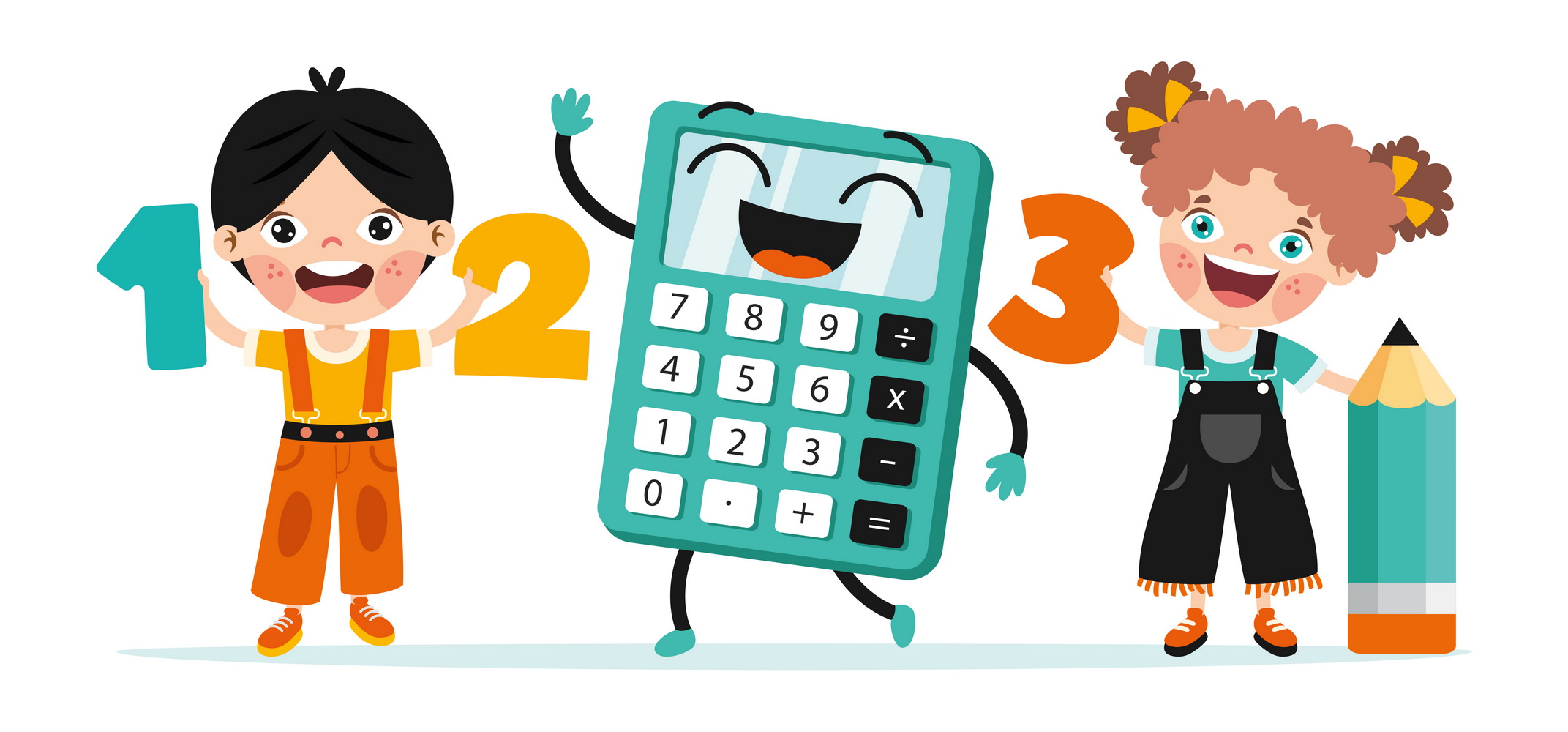Visual perception Addition Worksheets for 5-Year-Olds
13 filtered results
-
From - To
Nurture your child's math journey with our Visual Perception Addition Worksheets for 5-Year-Olds. Designed to strengthen early math and visual skills, these engaging, age-appropriate resources combine fun imagery with interactive activities to enhance learning. Children will delight in solving vibrant, visually stimulating addition problems that foster critical thinking and numeracy. Perfect for home or classroom use, our worksheets make math practice enjoyable and effective, setting a strong foundation for future success. Watch your little ones develop confidence and excitement as they master addition while improving their visual perception skills. Make learning math an adventure with Kids Academy.
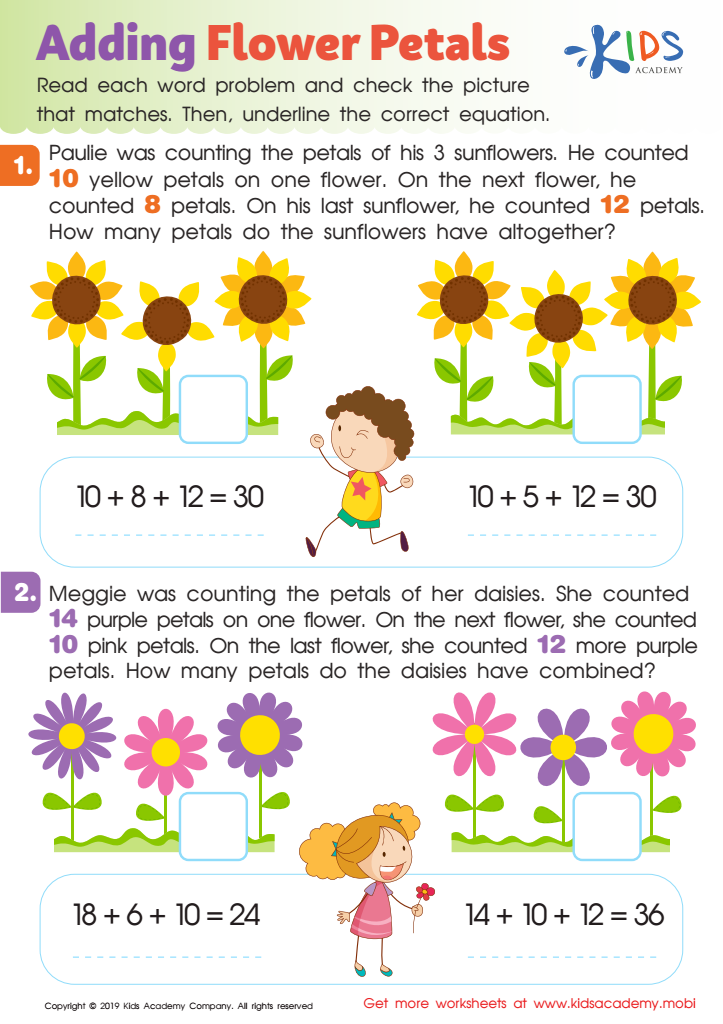

Adding Flower Petals Worksheet
Visual perception skills are foundational to a child's ability to process and interpret visual information from the world around them. For 5-year-olds, developing these skills, especially through activities like visual perception addition, is crucial for several reasons.
Firstly, strong visual perception is essential for reading and writing. It enables children to recognize letters, differentiate between similarly shaped characters, and understand spatial relationships between words on a page. This establishes a solid foundation for literacy skills, which are vital for academic success.
Additionally, visual perception aids in mathematical skills. Recognizing patterns, understanding spatial orientation, and visualizing numerical concepts all depend significantly on visual perception abilities. Through visual perception addition, children learn to comprehend and manipulate numbers visually, which promotes better understanding of addition and other arithmetic concepts.
Moreover, enhanced visual perception is critical for daily activities and overall cognitive development. It improves hand-eye coordination, fine motor skills, and the ability to follow instructions. These are indispensable not only in academic settings but also in social interactions and self-care tasks.
By prioritizing visual perception activities, parents and teachers help equip children with the necessary tools to navigate their environment effectively, ensuring they thrive both inside and outside the classroom. This early support can pave the way for ongoing learning success and confidence.
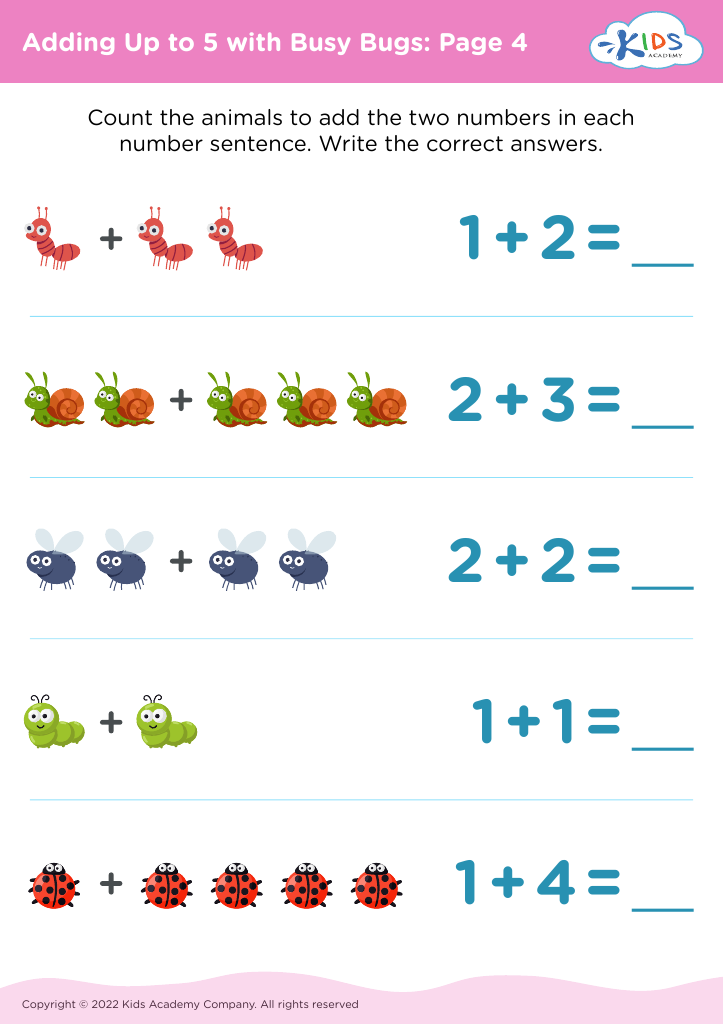
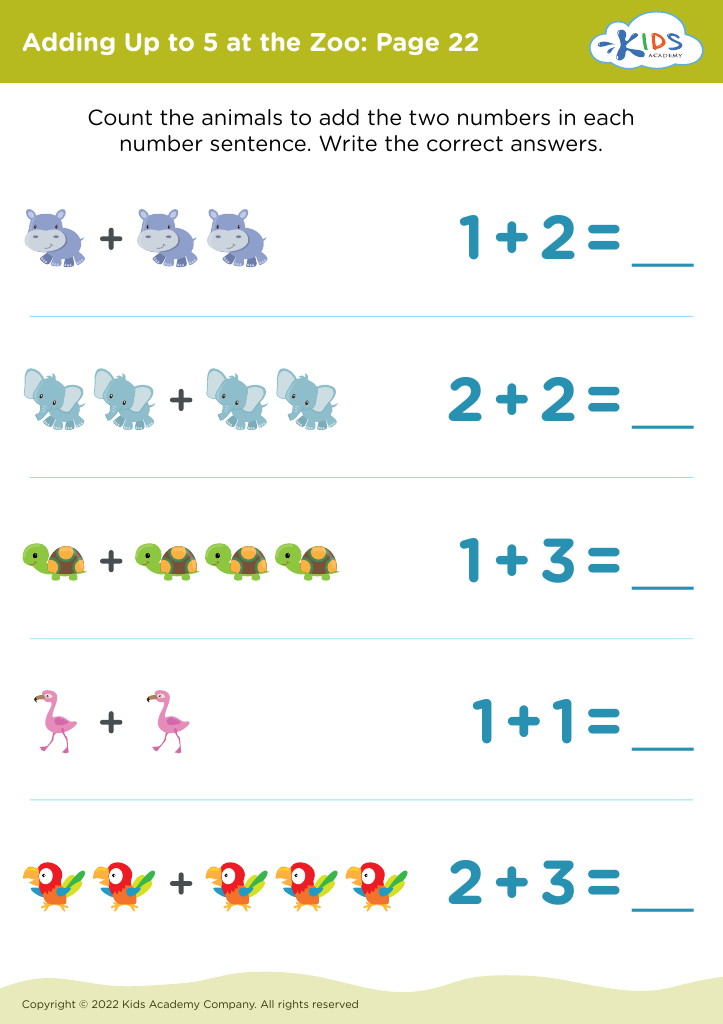
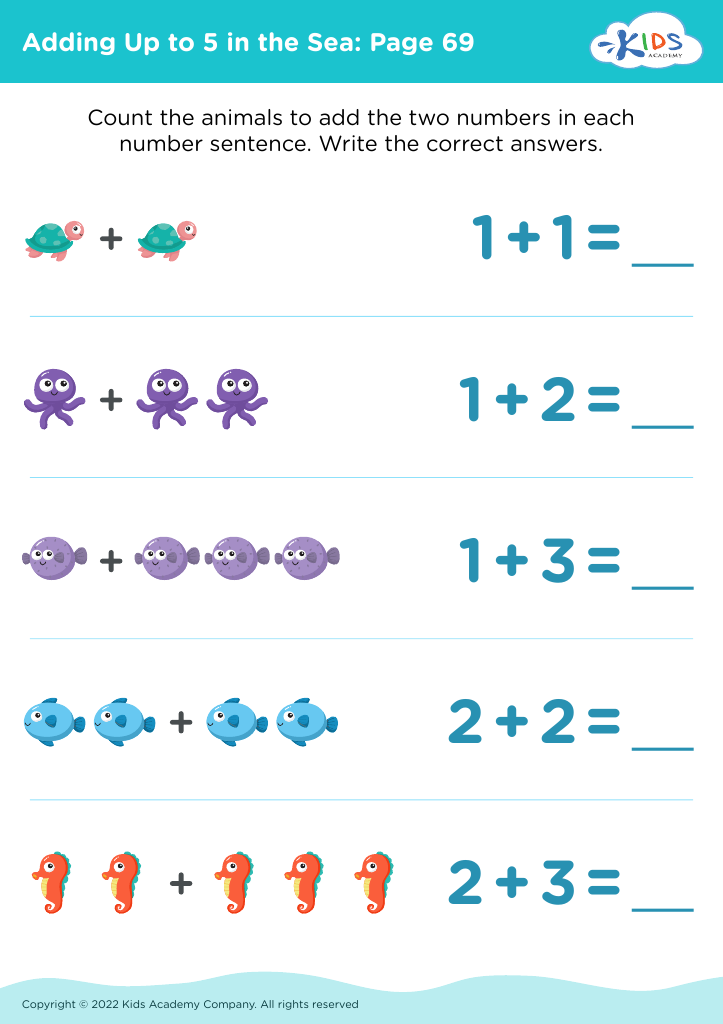
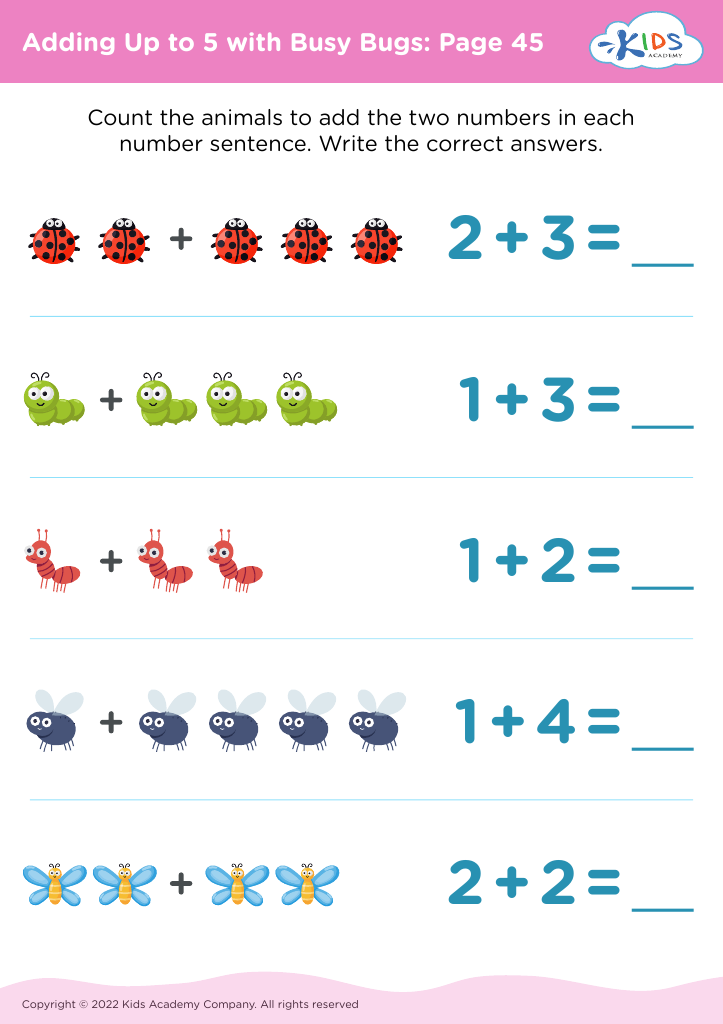
 Assign to My Students
Assign to My Students
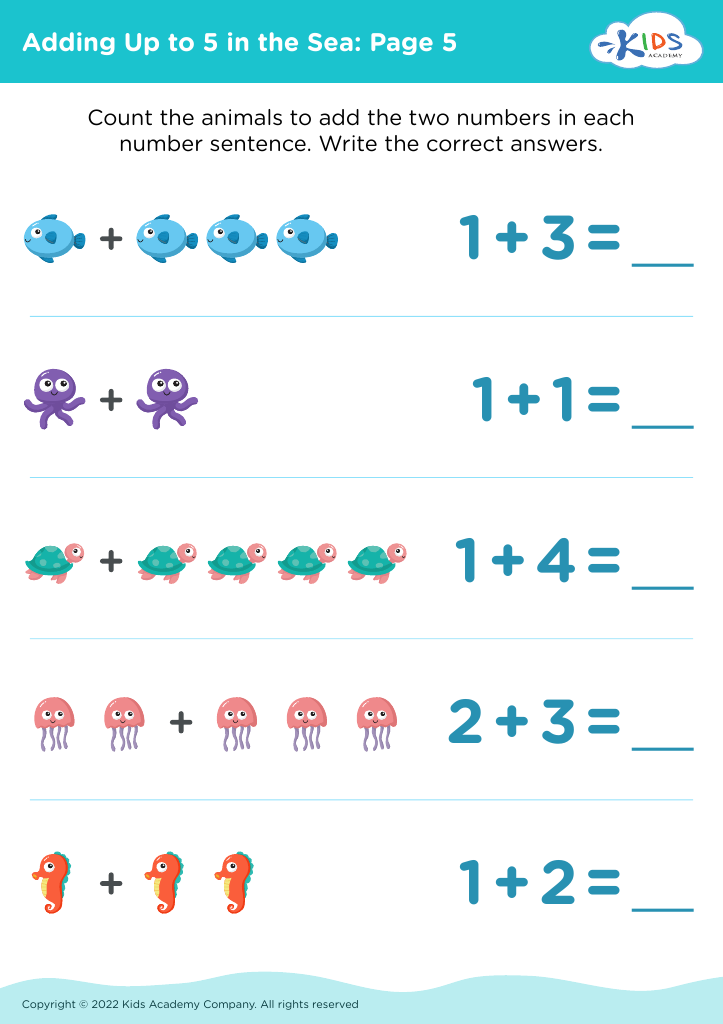
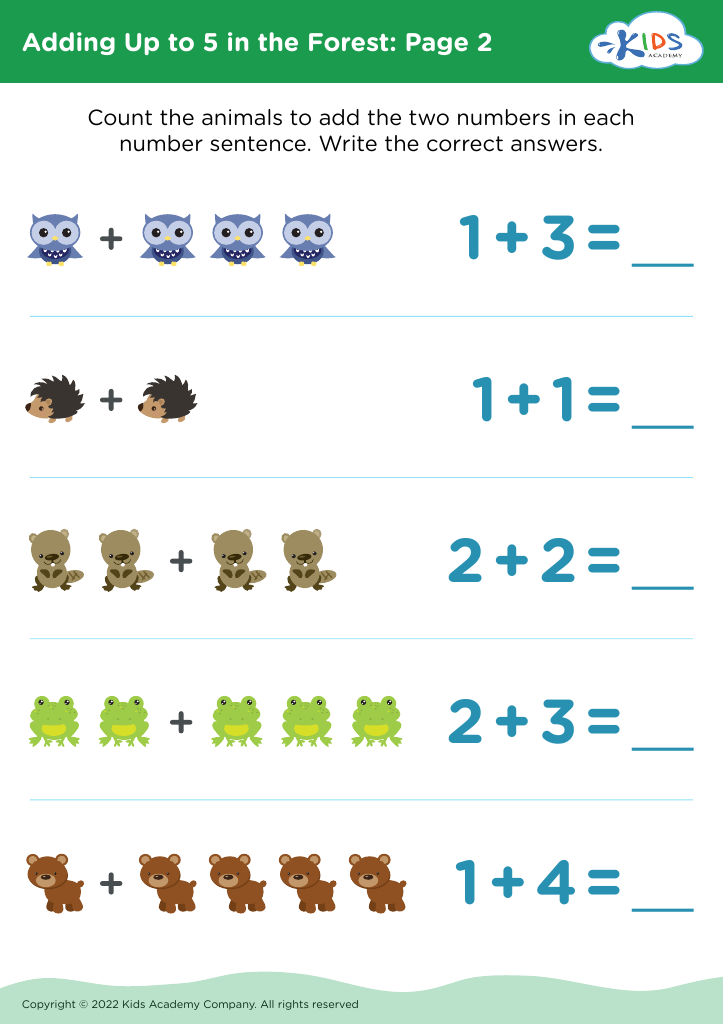
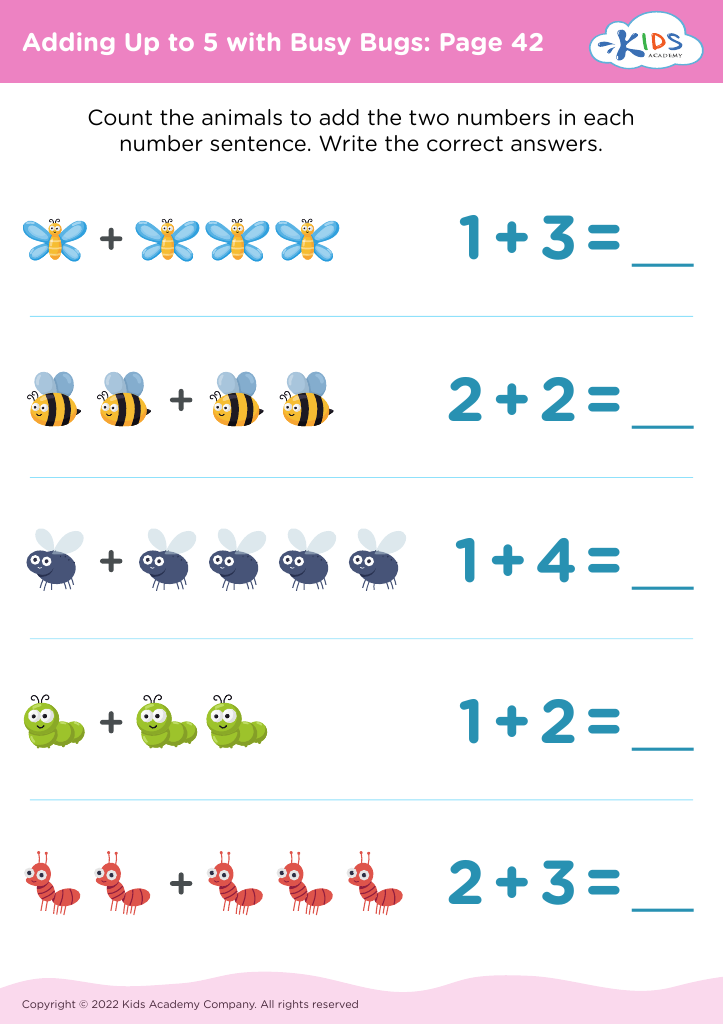
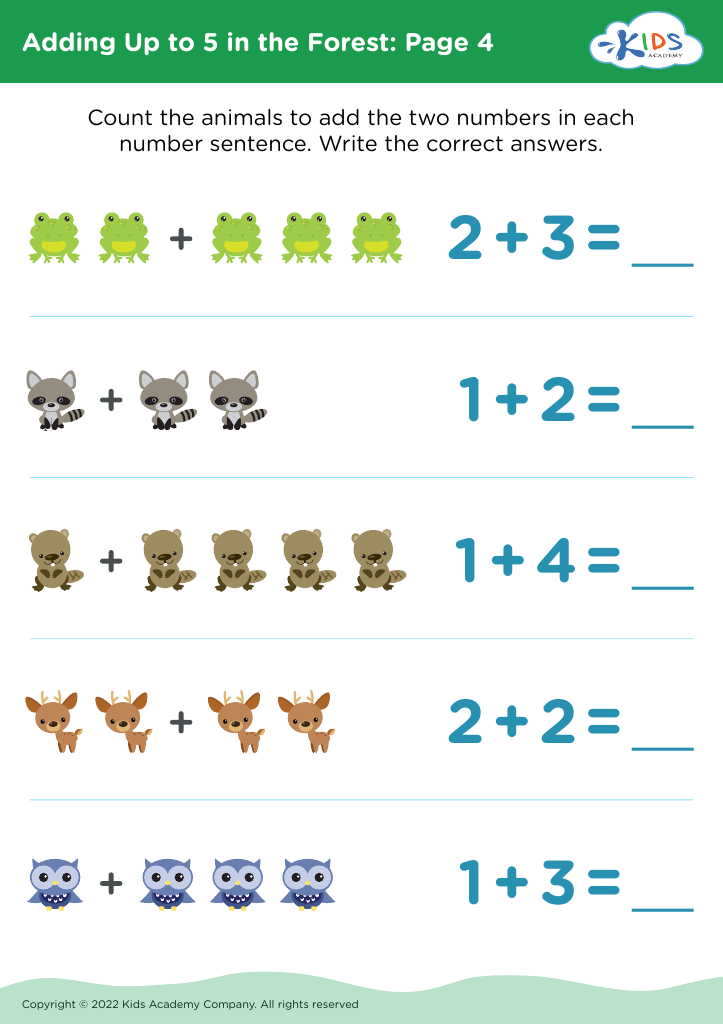
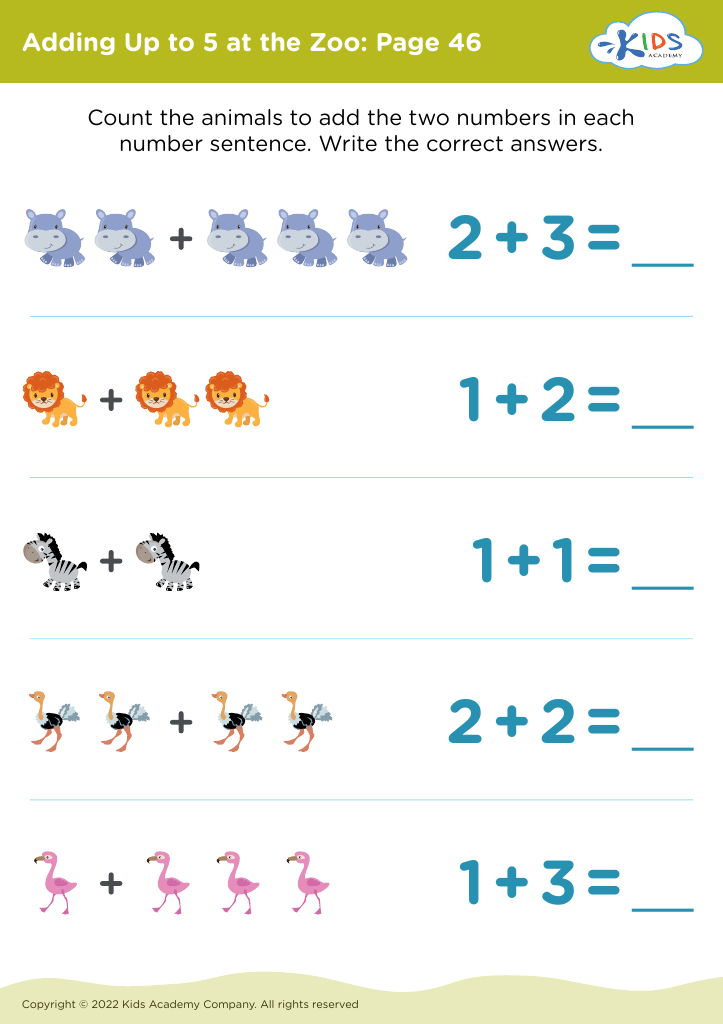
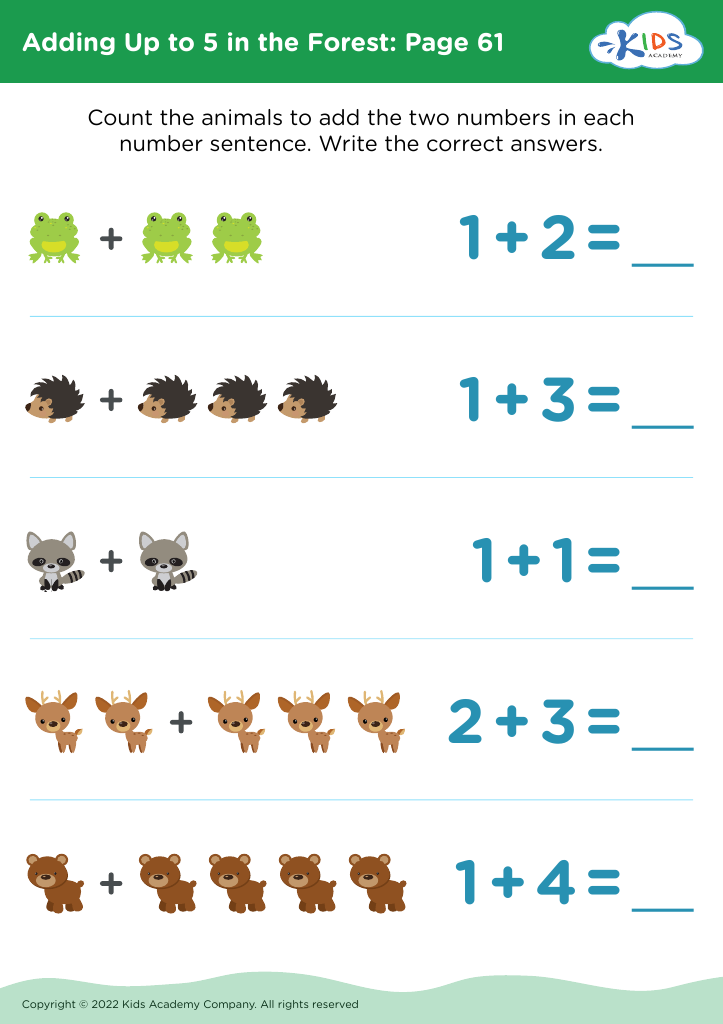

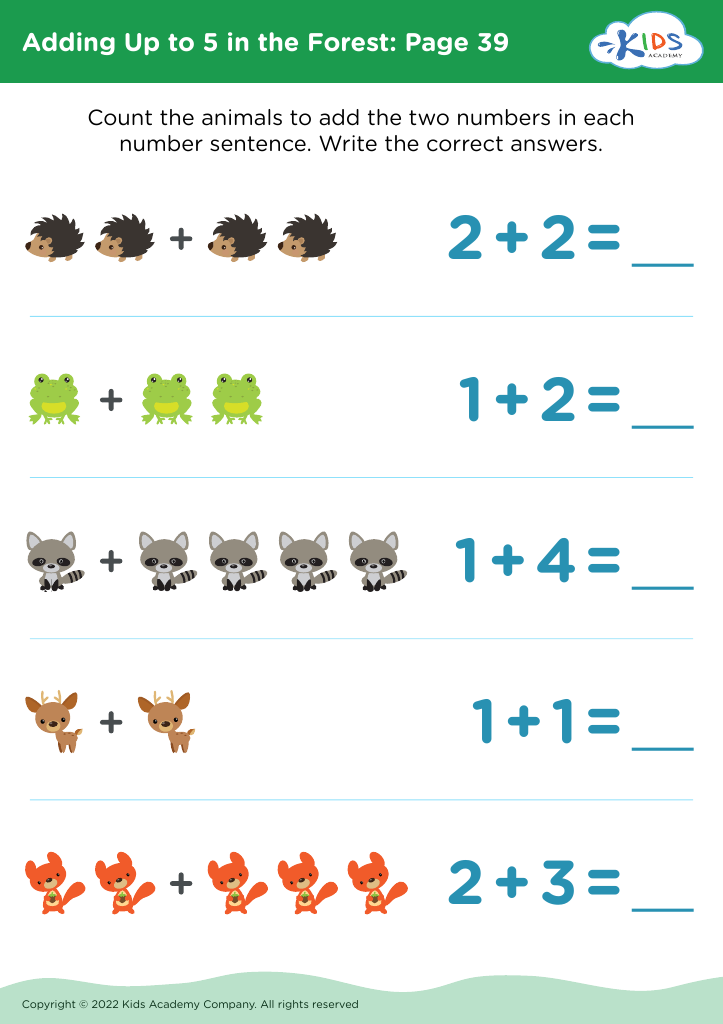



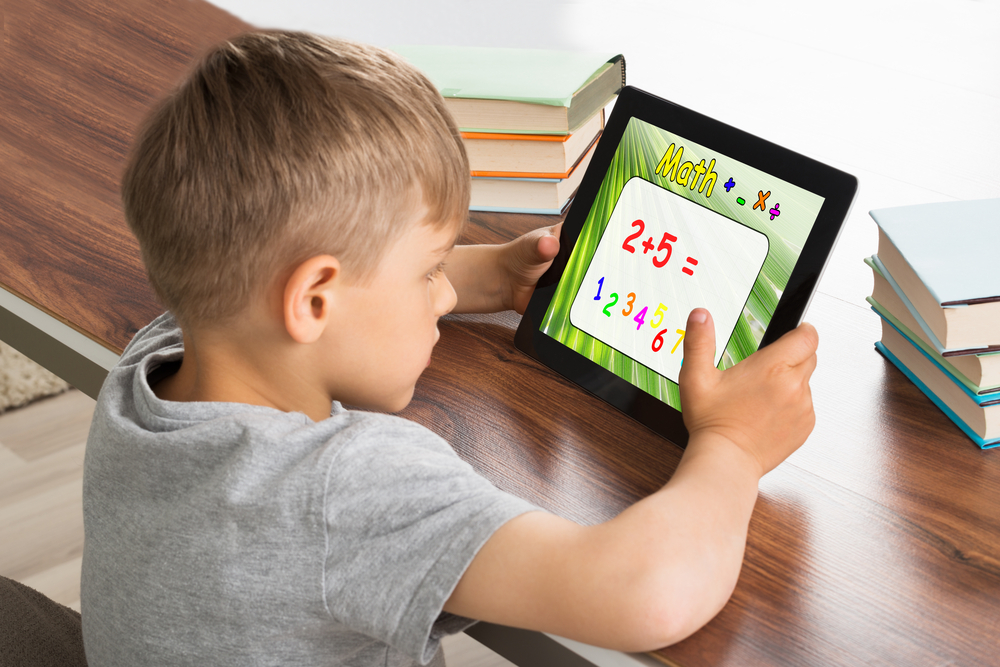
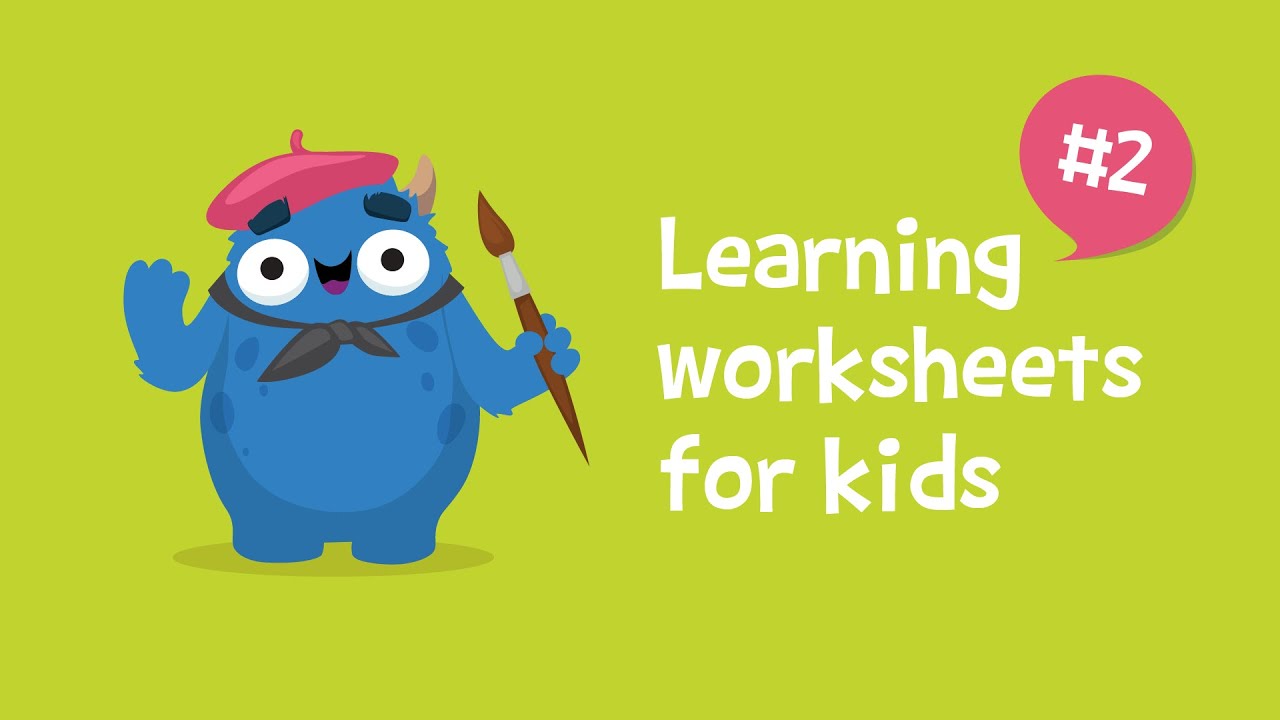
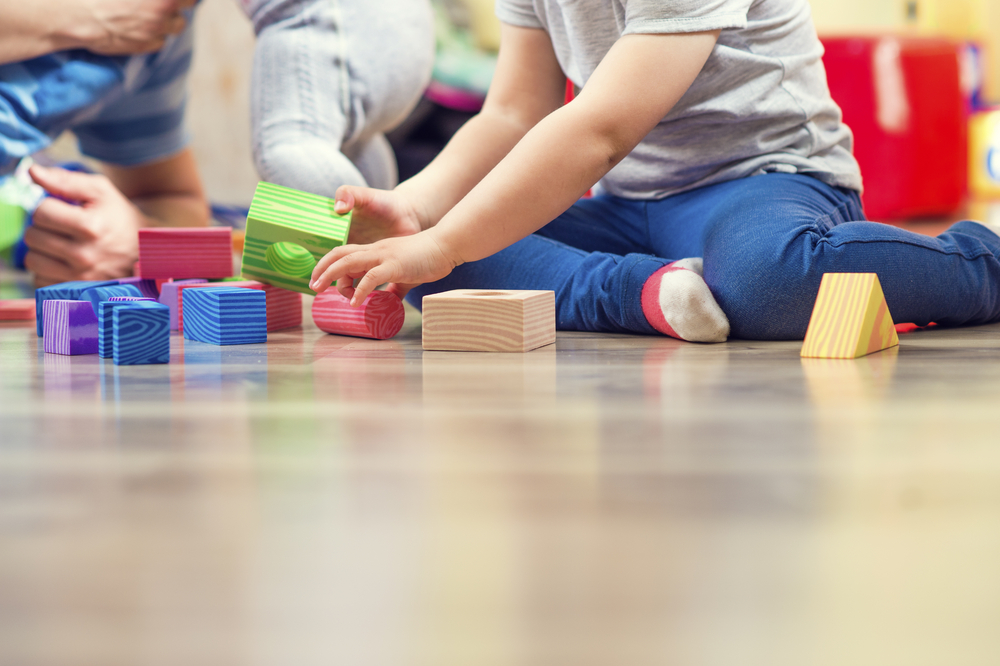
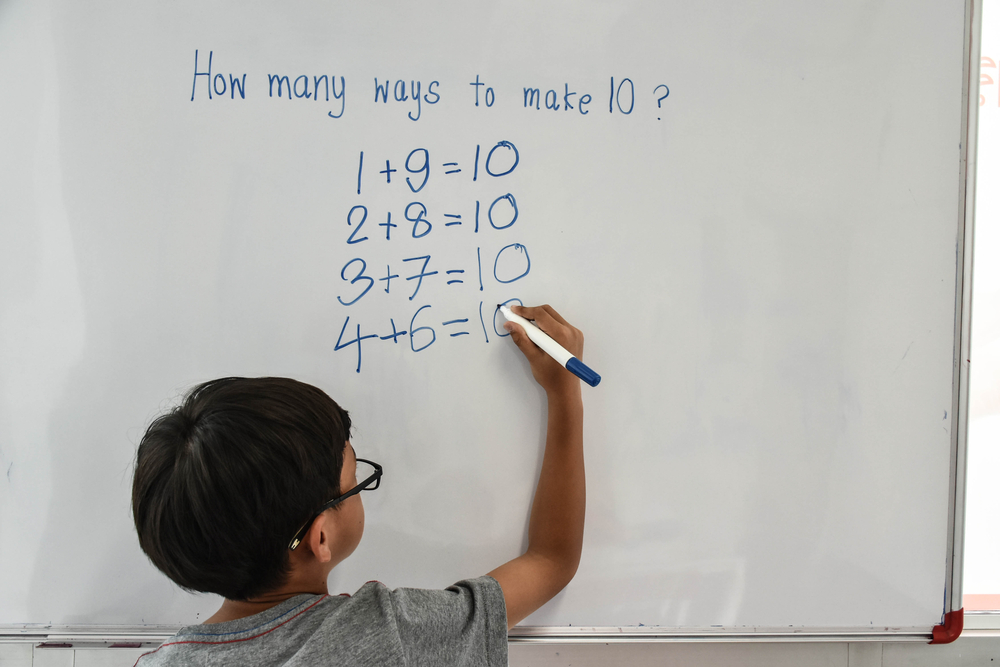
.jpg)
